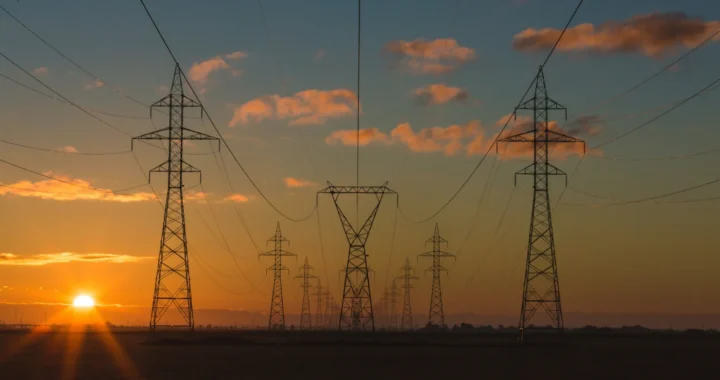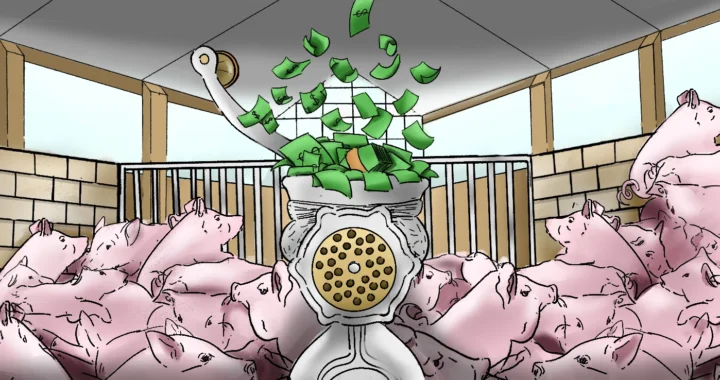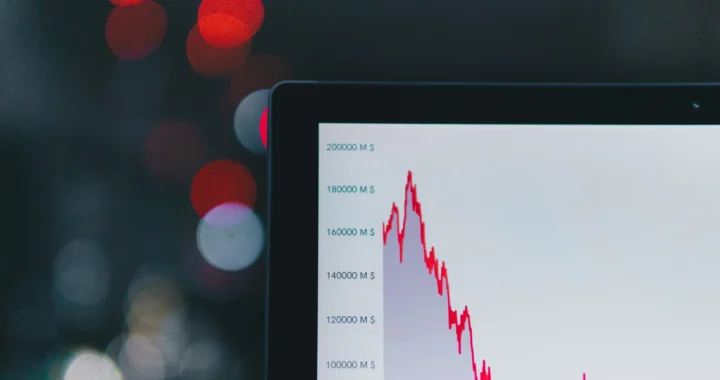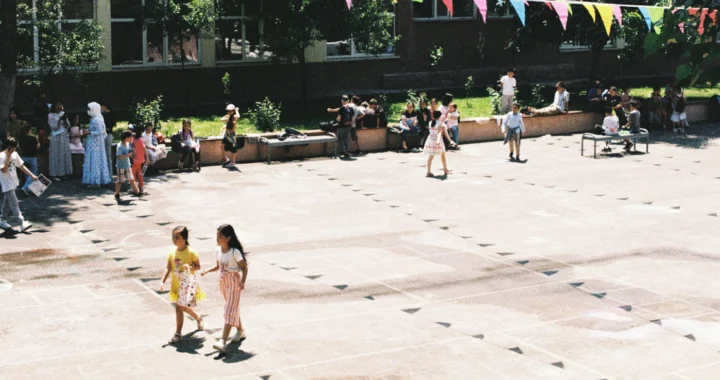How Deforestation Can Worsen Amidst Green Transition

Photo by Tobias Kleeb on Unsplash
Forests are a critical part of our planet. They provide food, fuel, shelter, and livelihood for over 1.6 billion people worldwide. These lush green areas are also home to 80% of land plant and animal species, essential to Earth’s biodiversity and ecosystems. Moreover, forests have other less visible functions, like hydrological cycle regulation and carbon sinking. The importance and urgency of protecting global forests are undeniable. Yet, deforestation persists and continues to threaten planetary health and our collective future.
State of Global Forests
Despite global commitments to halt and reserve deforestation—such as the New York Declaration on Forests, the Glasgow Leaders’ Declaration, and the First UNFCCC Global Stocktake—the world is on a trajectory of increasing destruction and degradation. A report titled “2024 Forest Declaration Assessment: Forests under fire” reveals the sobering reality of global forests.
“We’re only six years away from a critical global deadline to end deforestation, and forests continue to be chopped down, degraded, and set ablaze at alarming rates,” said Ivan Palmegiani, the coordinating author of the report.
According to the report, 2023 saw the permanent loss of 6.37 million hectares of forest around the world. Besides its impact on human lives and biodiversity, the report estimates this tree cover loss to amount to 3.8 billion metric tons of carbon emissions.
Furthermore, the number is 10 times worse for forest damage without complete destruction, with 62.6 million hectares of forest affected in 2022. The assessment concludes that at least 3.4 billion hectares of global forests are gone or in a moderate to severe state of degradation.
Drawback of ‘Sustainable’ Alternatives?
The main driver of deforestation is agriculture, causing over 90% of tropical deforestation. Meat, palm oil, soy, and rubber production are among the top offenders. However, the increasing demand for sustainable alternatives adds significant pressure on forest ecosystems.
One notable example is Indonesia. Erin Matson, a co-author of the report, said, “Indonesia’s deforestation alone spiked by 57% in one year. This was in large part attributable to surging global demand for things like paper and mined metals like nickel.”
Global demand for viscose, a biodegradable alternative to cotton and polyester made of wood pulp widely marketed as ‘eco-friendly’, is on the rise. As a result, Indonesia’s wood pulp sector expanded by 46% in the last eight years. With further growth projected, the quick and extensive conversion from natural forest to pulpwood plantations is alarming.
Meanwhile, coal and gold are still the primary reasons for mining-related deforestation, but critical minerals are increasingly becoming significant threats. The production of ‘green’ technologies like electrical vehicles (EVs) and renewable energy generators has been growing rapidly. It requires the intensifying extraction of minerals like lithium, cobalt, and nickel. Indonesia produced half of the world’s nickel in 2023, and the country’s deforestation accounted for 65% of total tropical deforestation in Asia. Additionally, Indonesia’s growing wood pellet biomass industry may exacerbate deforestation.
Accelerating Green Transition while Halting Deforestation
The transition toward clean and renewable energy is meant to decarbonize global energy generation and decrease coal mining, a major driver of deforestation. However, the development and production of EVs and other supposedly green technologies often come with a caveat regarding biodiversity loss, habitat destruction, water pollution, and human rights violations. These impacts must be acknowledged, addressed, and mitigated.
As it is possible to reuse critical minerals for over a dozen years, setting up frameworks for proper recovery and recycling is urgent. At the same time, reducing the harmful impacts of mining can and must be done by avoiding high conservation value areas and restoring affected areas. The report also emphasizes the importance of upholding the rights of Indigenous Peoples and Local Communities (IPLC) and respecting their territories, where most of these critical minerals are. After all, supporting IPLC’s community-led solutions and sustainable land management is a crucial part of halting and reversing global deforestation for the good of people and the planet.

If you find this content useful, please consider subscribing to Green Network Asia.
Your subscription will give you access to our interdisciplinary and cross-sectoral insights on sustainability-related issues and sustainable development across the Asia Pacific and beyond, strengthening your personal and professional development while supporting GNA’s financial capacity to continue publishing content dedicated to public education and multi-stakeholder advocacy.
Select Your Subscription Plan
Nazalea Kusuma
Naz is the Manager of International Digital Publications at Green Network Asia. She is an experienced and passionate writer, editor, proofreader, translator, and creative designer with over a decade of portfolio. Her history of living in multiple areas across Southeast Asia and studying Urban and Regional Planning exposed her to diverse peoples and cultures, enriching her perspectives and sharpening her intersectionality mindset in her storytelling and advocacy on sustainability-related issues and sustainable development.


 Developing Financing Initiatives for the ASEAN Power Grid
Developing Financing Initiatives for the ASEAN Power Grid  Imparting Actionable Knowledge Through Sustainability Training Activities
Imparting Actionable Knowledge Through Sustainability Training Activities  Stop Funding Factory Farming in Vietnam: Pathway to Financing a Just and Sustainable Food System
Stop Funding Factory Farming in Vietnam: Pathway to Financing a Just and Sustainable Food System  When Green Turns Excessive: The Overproduction and Overconsumption of Reusables
When Green Turns Excessive: The Overproduction and Overconsumption of Reusables  SDG Venture Scaler Aims to Drive Sustainable Investment in Southeast Asia
SDG Venture Scaler Aims to Drive Sustainable Investment in Southeast Asia  Improving Primary Education in Central Asia
Improving Primary Education in Central Asia